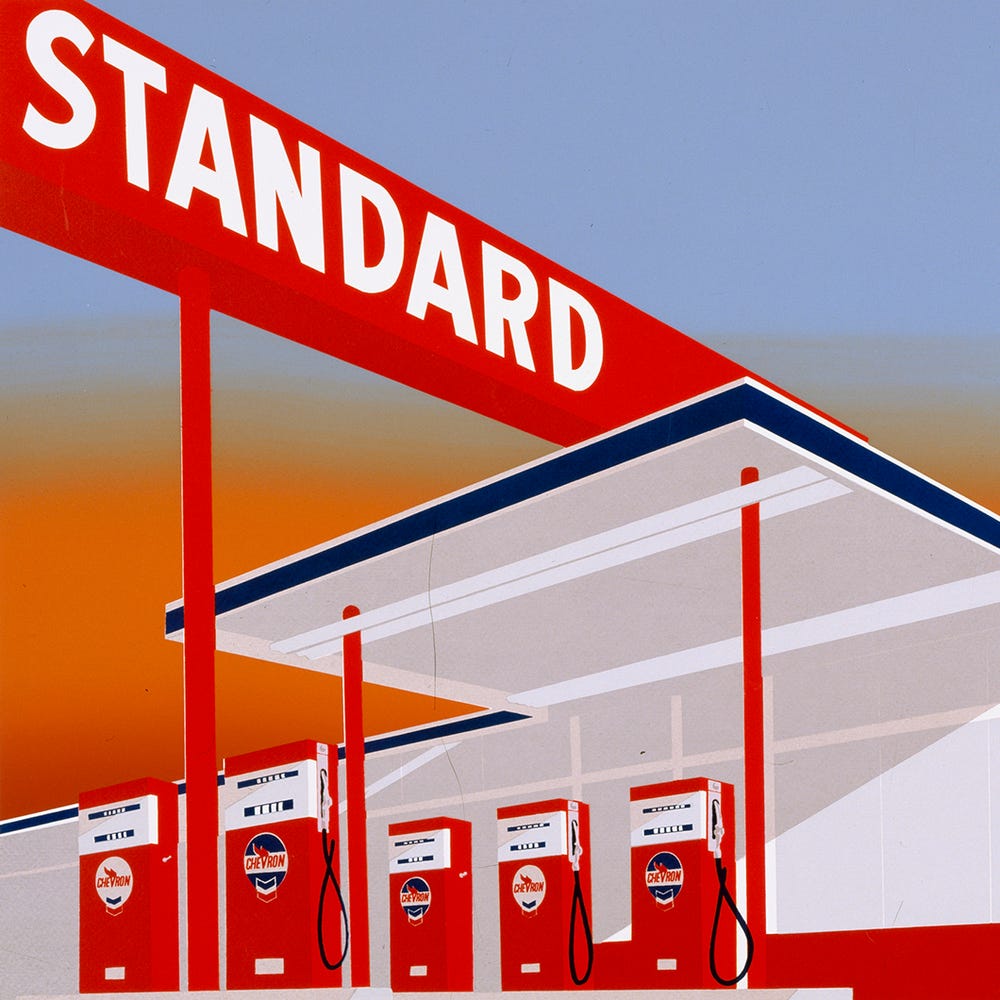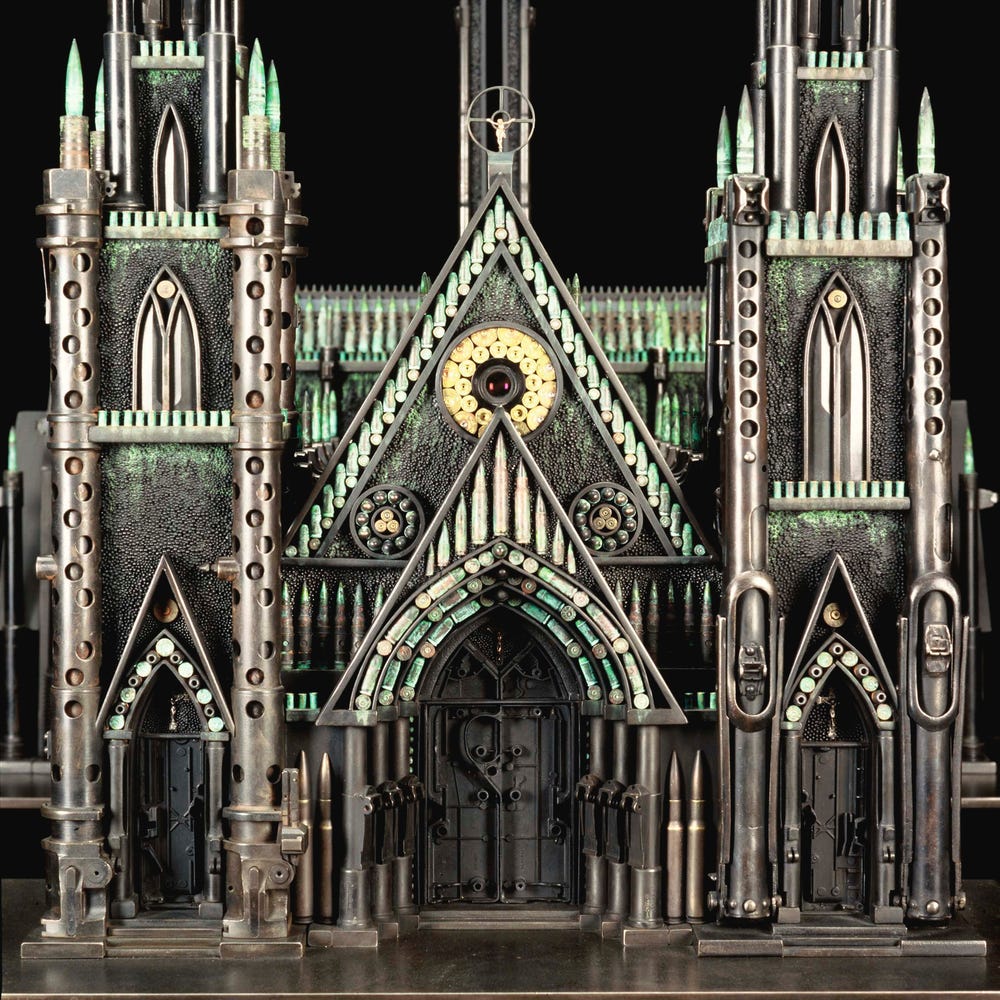How-To with the Conservators: Making a Woodcut Print
By Josephine Jenks, paper conservation graduate intern
May 2, 2024
Black ink impression from a key block for a print by Toyohara Kunichika (detail), n.d. 15 1/2 x 10 3/8 in. (39.4 x 26.4 cm). Fine Arts Museums of San Francisco. Photograph by Jorge Bachmann
Woodcuts are relief prints, meaning that parts of a block are carved away and the raised areas that remain make up the printed image. Early Western printmakers often used wood from pear trees for their blocks, while many contemporary printmakers use poplar or plywood. Japanese woodblocks, like this Meiji-era carving for a print by Toyohara Kunichika (1835–1900), are made of cherrywood, prized for its dense grain that’s perfect for carving intricate details.
Key block for a print by Toyohara Kunichika, 1888. Cherrywood with black ink, 15 1/2 x 10 3/8 x 3/8 in. (39.4 x 26.4 x .95 cm). Fine Arts Museums of San Francisco. Photograph by Jorge Bachmann
In both Japan and in Europe, the artist credited for a woodcut was responsible for the design, but it was often another person who physically carved the block. Block cutters used a variety of knives, chisels, and gouges. While there are major differences between the European woodcut tradition and Japanese ukiyo-e, the carving tools are similar. Contemporary printmakers continue to use the same types of tools.
Our paper conservation team examined the Kunichika block under a digital microscope to study its markings and better understand the artistic process behind woodcuts. Inspired by our magnified images, I decided to try my hand at recreating a small portion of the block. Follow along with me and learn how to create your own woodcut in five steps.
The key block under a Hirox digital microscope at 20x magnification.
Step 1: Transferring a design
There are several ways printmakers transfer their initial sketch to a woodblock. One method involves shading the entire back of your drawing with charcoal or chalk. Next, place the drawing face up on top of the block and trace over your lines. The charcoal will transfer from your traced lines onto the block. Ukiyo-e artists in Japan took a different approach: they pasted their ink drawing onto the block and carved through the paper. Another option is simply to sketch directly on your woodblock. Whichever option you choose, keep in mind that your print will be a mirror image of your carved block. So if your design includes letters or phrases, make sure they don’t come out backward!
Step 2: Creating outlines
The first tool an Edo-period carver would have reached for is a hangito — a sharp, angled knife for making thin outlines. Later in the Meiji era, the sankakuto, or v-shaped gouge, served a similar purpose. The introduction of this v-shaped tool in Japan was likely a product of increased exchange of goods and ideas with the West.
Start your woodblock by carving the outlines of your design using a v-shaped gouge.
Making the initial outlines with a v-shaped gouge.
Step 3: Carving
After outlining the major shapes of your image, use a curved gouge to clear away larger areas of the block.
Using a curved gouge to clear away large areas.
Step 4: Smoothing
A curved gouge leaves behind ridges and grooves in the surface of the block. Use a flat chisel to smooth out these ridges so they don’t create stray marks in the finished print.
Using a flat chisel to smooth out ridges.
Step 5: Printing
After carving is completed, the next step is printing. Western woodcuts are normally printed using oil-based inks and a mechanical press. Japanese printmakers in the Edo period and Meiji era used inks bound in water, nori (rice starch paste), or nikawa (animal glue). They printed by hand using a baren, a disc-shaped tool made from coiled bamboo fibers, wrapped in laminated layers of mulberry paper and an outer bamboo sheath.
To try this printing technique at home, look for a baren at your local art supply store. Lay your paper face down on the inked block and rub the back of the sheet with the baren to create the impression.
Black ink impression from a key block for a print by Toyohara Kunichika, n.d. 15 1/2 x 10 3/8 in. (39.4 x 26.4 cm). Fine Arts Museums of San Francisco. Photograph by Jorge Bachmann
Detail of black ink impression from a key block for a print by Toyohara Kunichika. Fine Arts Museums of San Francisco. Photograph by Jorge Bachmann













